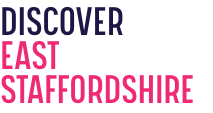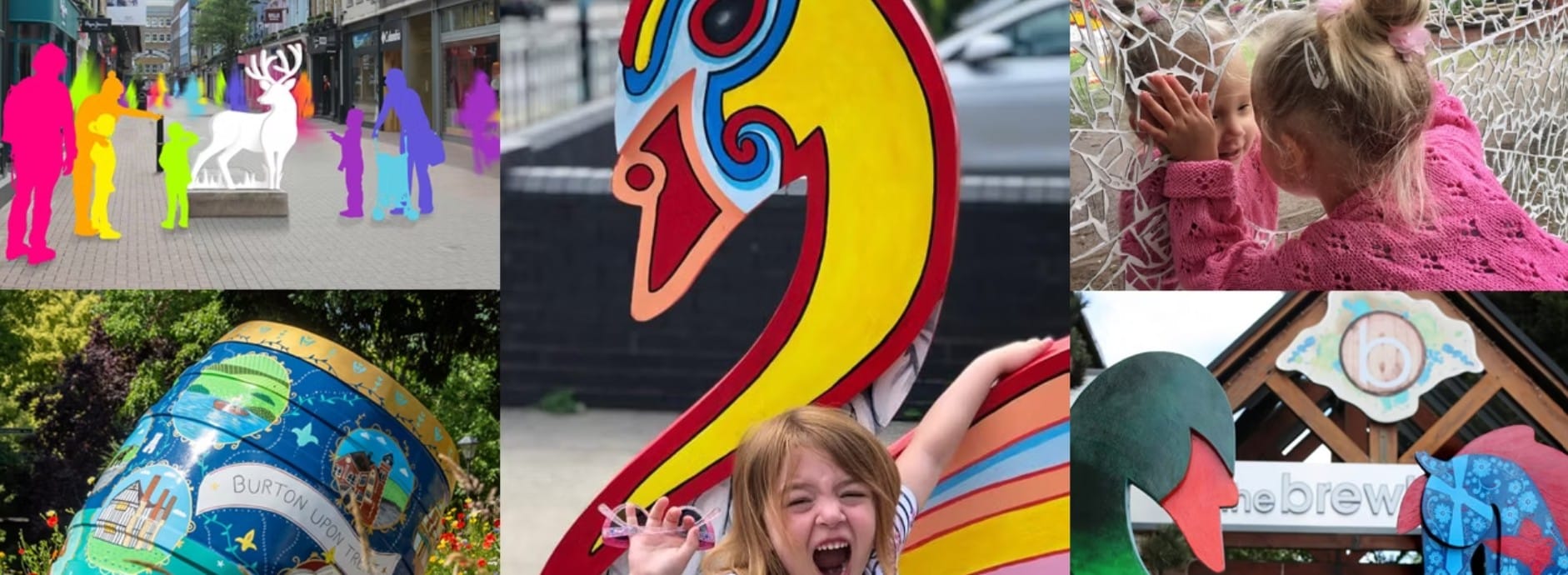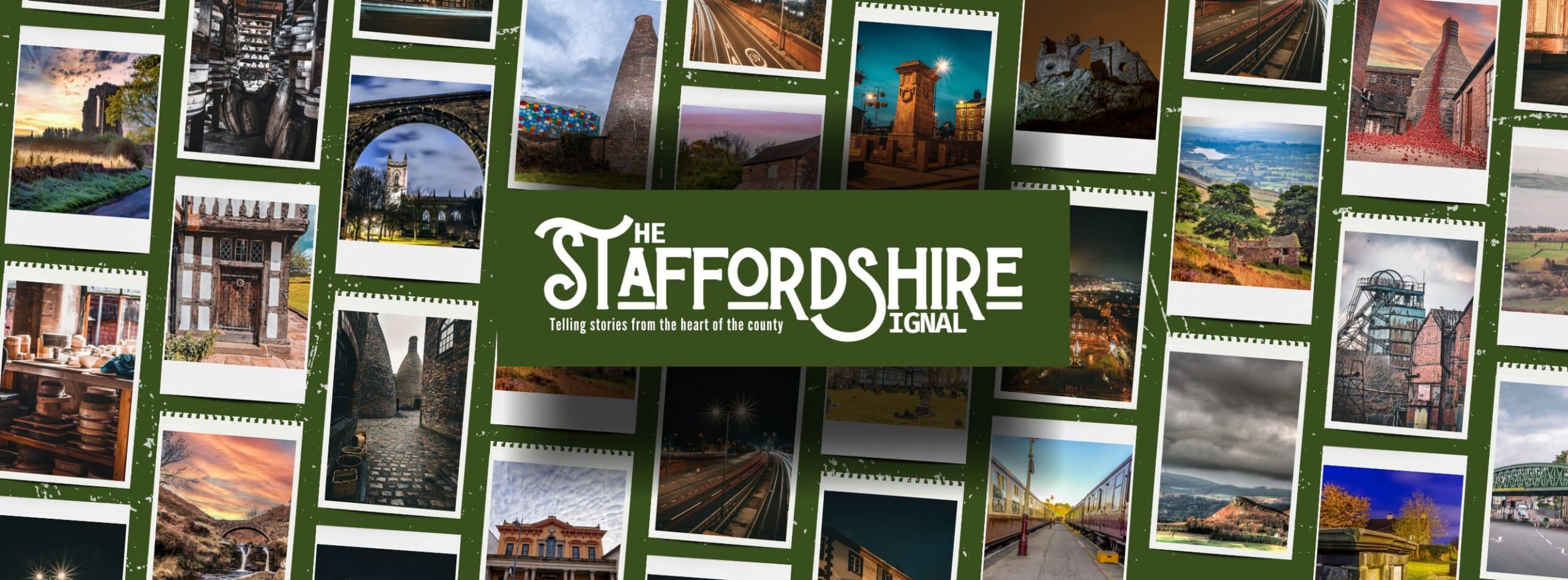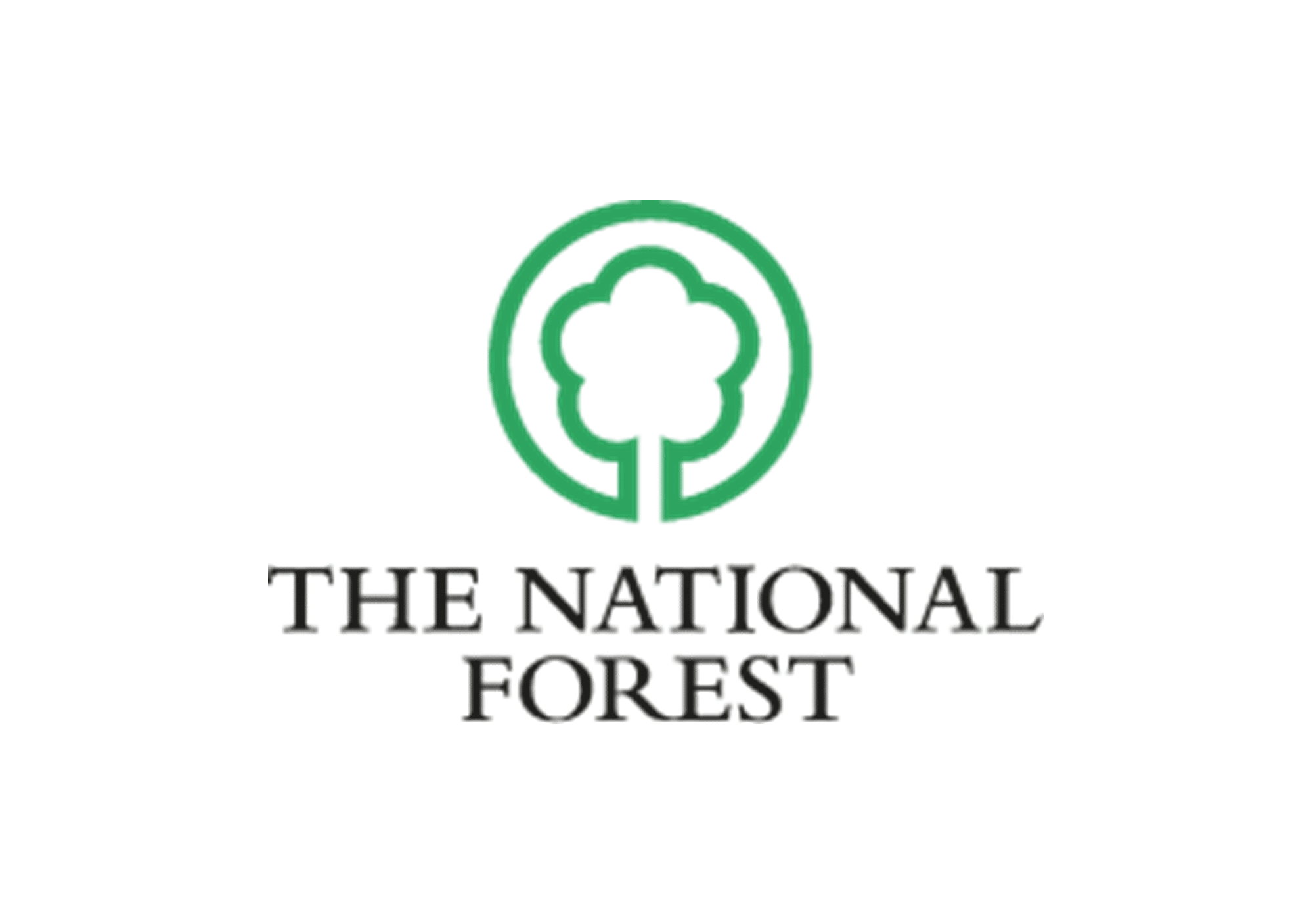Making Trails is a Midlands‑based specialist in designing, manufacturing and installing bespoke public‑art trails across…
What is The National Lottery Community Fund?
The National Lottery Community Fund is the UK’s largest funder of community‑based projects, distributing money raised by National Lottery players to strengthen communities, improve lives and create positive change. tnlcommunityfund.org.uk+3gov.uk+3wired-gov.net+3
It supports a wide range of activities — from small grassroots groups to larger voluntary sector organisations, across the UK. en.wikipedia.org+1
What kinds of projects and costs can be funded?
Here are key highlights of what NL CF funds and how it might apply to your context:
-
Funding can cover: staff salaries, training, volunteer expenses, equipment, utilities, transport, overheads (in many cases) and capital costs in some streams. tnlcommunityfund.org.uk+2tnlcommunityfund.org.uk+2
-
For example, under the “People & Places” or “Strengthening Communities” style programmes you might:
-
run one‑off events, workshops, community outreach activities
-
invest in organisational development (governance, training)
-
cover project overhead costs so the initiative can run sustainably. tnlcommunityfund.org.uk+1
-
-
Projects must benefit communities (not be primarily commercial or profit‑making) and not cover retrospective costs (i.e., you cannot apply for things already spent). tnlcommunityfund.org.uk+1
Why it’s relevant for East Staffordshire tourism/heritage/community projects
Given your role in tourism, heritage, local history and community engagement in East Staffordshire, NL CF could be very pertinent:
-
If you have a community‑based heritage or tourism project (for example a local animation project about the brewing heritage, community workshops, or engagement with schools), this fund could help to cover the project costs.
-
If you are working with voluntary/community groups (in and around East Staffordshire), the fund offers an avenue to access support for community engagement, volunteering, events, training or even small capital or equipment investment (depending on the stream).
-
It supports the building of stronger communities, which aligns with the “destination marketing” aspect: by engaging local people, improving offer/experience, you enhance the tourism proposition.
-
The broad eligibility of costs (equipment, staff, overheads) means you can include various parts of your project – not just the “front‑end” event but also the administration/back‑office side.
How to get started — a suggested pathway
Here’s a practical step‐by‐step you could share with local projects/groups:
-
Clarify your project and community benefit – Define what you are doing, who benefits (local residents, visitors, schools, community groups), and what difference it will make.
-
Check eligibility – Ensure your organisation (or partner organisation) is eligible (voluntary/community group, not private profit‑making). Also verify the stream is open and appropriate for your scale.
-
Select the right funding stream – NL CF has various programmes: e.g., “Strengthening Communities”, “People & Places”, “The UK Fund” (which are larger scale) etc. tnlcommunityfund.org.uk+1
-
Plan your budget carefully – Include costs you can cover (staff, training, overheads, equipment) and ensure you are not applying for ineligible costs (retrospective costs, profit distribution, etc.). tnlcommunityfund.org.uk
-
Engage your community – Projects that are community‑led or have strong community participation tend to be favoured.
-
Prepare and submit your application via the NL CF website.
-
Promote and deliver – Once funded, make sure you deliver the project, monitor progress and publicity. It can also help in destination‑marketing terms (for tourism/heritage).
-
Consider legacy and sustainability – How the project will carry on or embed in your community after the funding ends is important.
Key tips & things to watch
-
Don’t assume all costs are eligible — check the criteria for the particular stream. Some capital costs may be restricted or subject to limits.
-
Ensure you’re clear about the scale: smaller grants might be quick to access; larger grants (for scale or transformation) may require more detailed planning.
-
While many costs like overheads are eligible, costs already incurred (before decision) are not.
-
The more you can show community benefit, strong involvement, measurable outcomes, the stronger your case.
-
Keep in mind the fund’s overarching mission: resilient, inclusive communities. Aligning your project with that will help. wired-gov.net




